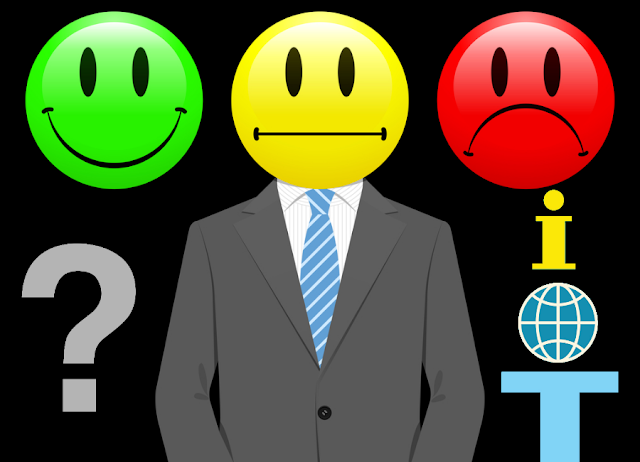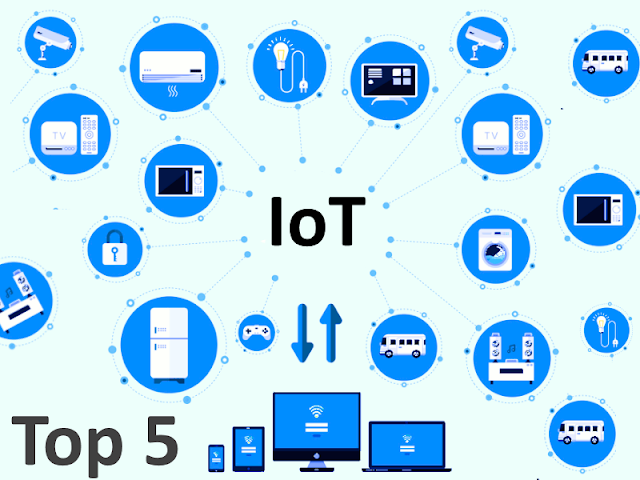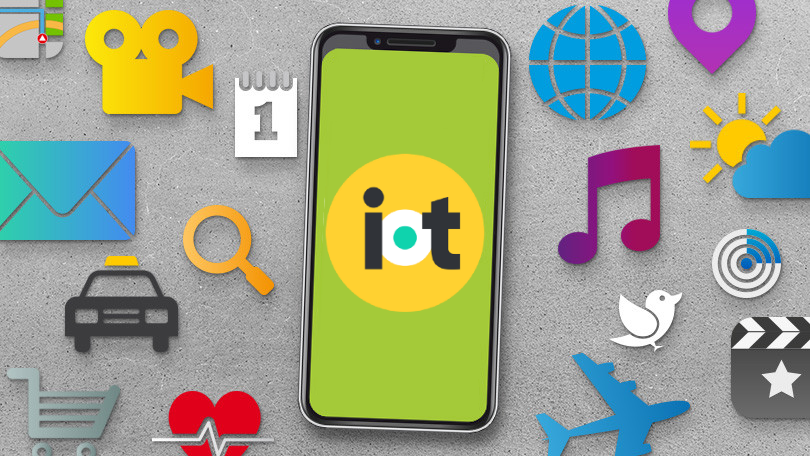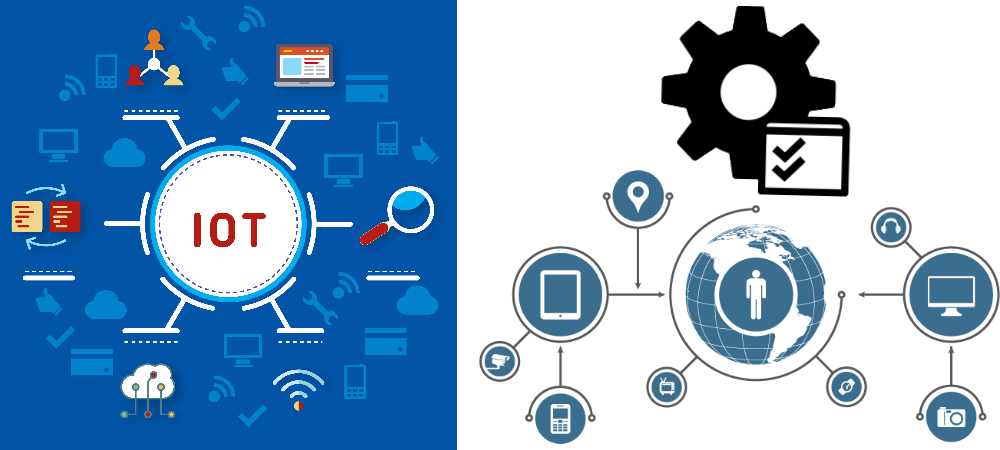How to Apply Emotions and Sentiments in IoT?
IoT development tools are available which can help offshore developers and outsourcing companies to implement Artificial Intelligence into IoT. Earlier it was used by only big players, but now it is freely available for offshore developers. Spotify is an app which can play songs as per our mood. Here the catch is that we have to manually enter the mood of the songs that we want to listen, and it will automatically play the respected playlist.
But today we are building devices which can detect human emotions based on characteristics detection, Language tone analysis, and emotion detection. In some cases, it has also been observed that AI has proven its importance in understanding such emotions better than humans. The algorithms of AI are implemented on IoT devices to interact with humans in real time. The microphones and speakers of the devices are kept ultra sensitive to catch every smallest emotion that we express by words.
Here's what AI can do to IoT devices:
-
Speech Recognition
The first step of speech recognition is the “speech-to-text” conversion. We already have optimised the speech-to-text APIs. Their paid and free versions are available online. Here to make a healthy conversation we need to use the most efficient APIs for speech-to-text. IoT devices can Identify the gender of the speaker, Language, age, and accent of the speaker and can reply based on this information.
IoT development has gone so far that each of the functions is developed by different developers and are currently under optimisation process by various communities. After the recognition further processing is done to understand the statement and prepare the reply based on the information.
-
Sentimental Feeling
Humans cannot speak like robots; they have an accent, emotion, and flow of which they speak to express the feelings. One of the best ways for the AI to understand the emotion from the said sentence is to break the sentence into pieces and dig out emotions from every word. Emotions can be identified from the speed of the word spoken and the weight that we put on every word.
From this information, IBM Watson IoT provides service to differentiate the human's personality into Big five types which are Extraversion, Agreeableness, Conscientiousness, Emotional range and Openness to experience. Apart from this, it can also identify the needs and Values of the speaker.
-
Getting Emotional
Researchers are so much into IoT development that they have designed a hardware which can also express the human-like emotions such as Love, Anger, Smile, Cry, etc. Such emotions and voice modulations can change our perspective to deal with AI-based robots. Now using latest algorithms, the Robots can express emotions both physically and verbally.




Hello, nice article.
ReplyDeleteIf you want to transform text to emotional analytics, you may need to use the Q°emotion TextToEmotion API.
More information on our website: http:www.qemotion.com